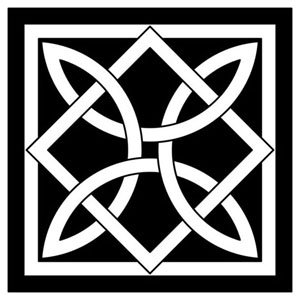Traditional Painting: Materials, Methods, and Issues in Conservation
2 Units
Instructor: Prof. Faviola Vitali
COURSE STRUCTURE
Mornings: Lectures 1.5 hours (SG208A)
Afternoons: 4 hours workshop (SG208B)
Course Description
This course gives an in-depth understanding of traditional painting materials and techniques commonly used in Italy from the Classical Antiquity, to the Middle Ages and the Renaissance. Since this course is aimed primarily at people planning to study art conservation, the course also explores factors that hasten deterioration of the materials and the different approaches to their restoration. Four visiting lecturers will present various topics of interest to painted artifacts and restoration case studies (frescoes, panel paintings, canvas paintings).
This course could be of interest to students of fine arts, art restoration, painting, art history, art management and museum studies.
Course Objectives
Summary of Lecture Content
Part 1. Traditional Methods and Materials in Painting
Supports
Masonry
Wood
Canvas
Paint
Pigments (organic and inorganic)
Natural
Artificial
Binders
Varnishes and Glazes
Fresco painting
Materials
Gypsum
Lime
Lime cycle and chemistry
Calcination
Carbonation
Slaking and seasoning
Aggregates (natural and artificial, inert and hydraulic)
Sands
Marble dust
Pozzolana
Brick dust
Materials
Arriccio
Intonachino
Pictorial layer
Fresco tradition
Ancient Roman
Pontata
Polishing
Byzantine
Renaissance
Giornata
Sgraffito
Painting on wood board using 14th century methods
Board structure
Board preparation
Incamottatura
Gesso rendering
Pigments and tempera binding
Gilding
Gouache gilding method (bolo)
Burnishing
Mordant gilding method
Oil painting on canvas
Stretchers
Canvas
Filler
Ground
Pigments and oil binders
Varnishes
Deterioration Causes
Crushed stones
Pozzolana
Artificial
Crushed bricks and others
Afternoon Workshop
See Syllabus SG208B
Description of Assignments
READINGS: Cenino Cenini, The Craftsman’s Handbook.










